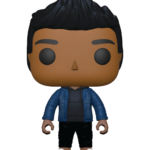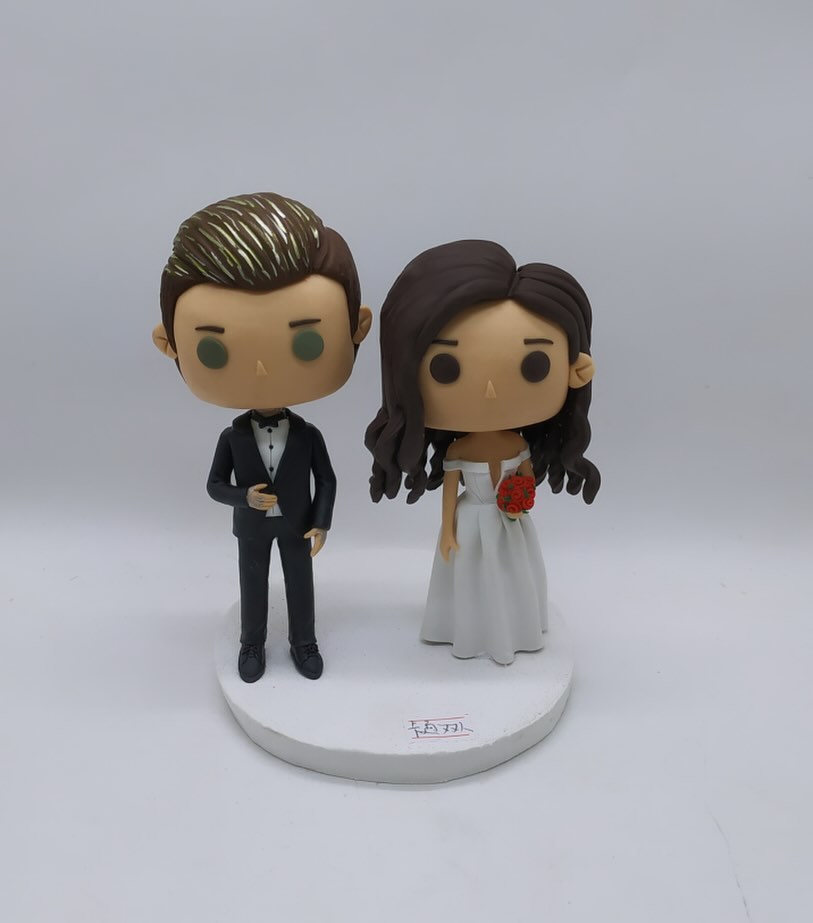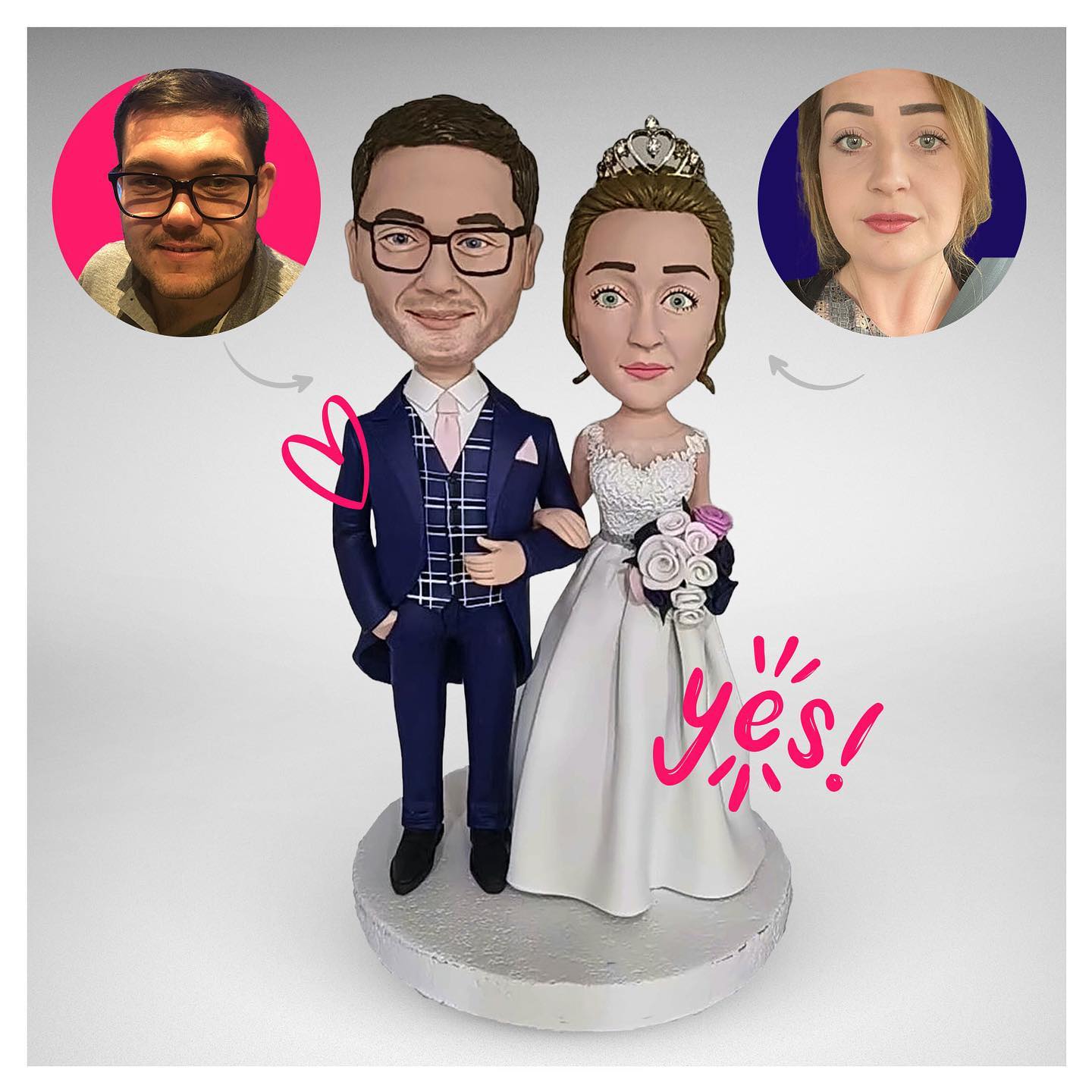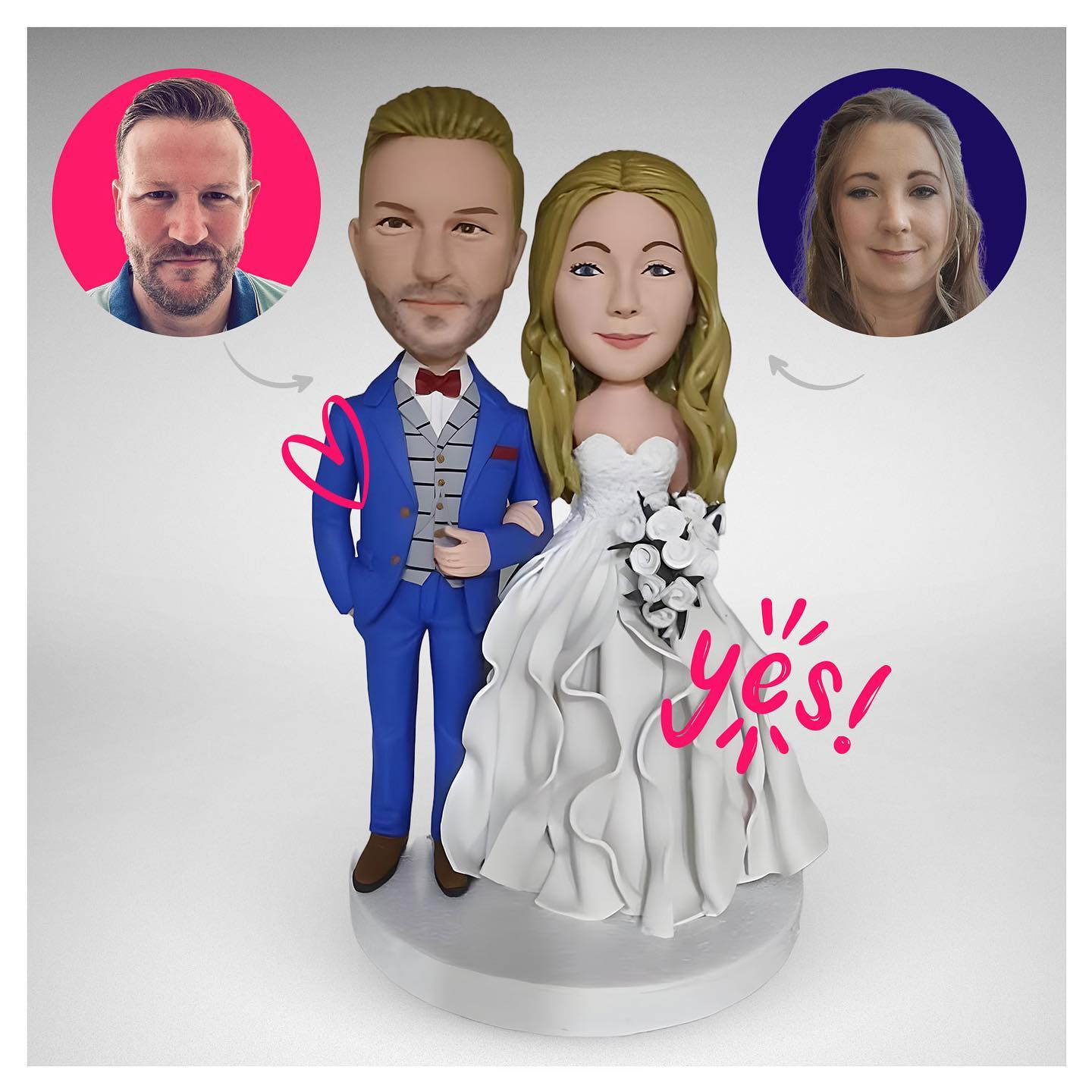Blog
Wedding Cake Toppers: What’s the History of Bobbleheads?
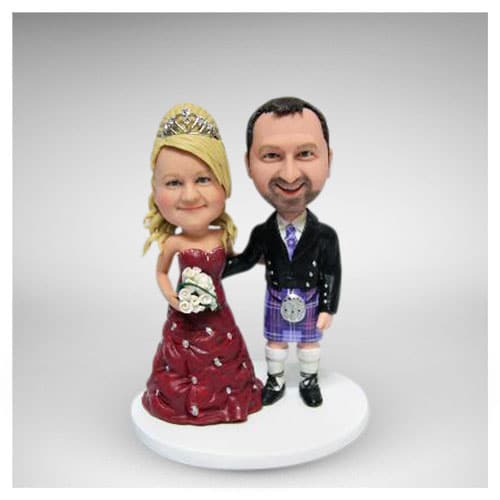
Bobbleheads serve as spectacular home or office decorations, unique gifts, and personalised wedding cake toppers. These miniature dolls serve various purposes, but before they become these one-of-a-kind art pieces as we know them today, they may not have been what you expected.
Ever wondered how bobbleheads came to be? Let’s go over a few details of their origin:
String dolls in Japan and China
Today’s bobbleheads originated from the string dolls in Japan and China. However, the first doll with the same shape and features as of the modern bobbleheads was first made in Germany during the 19th century. These dolls ranged between 6-8 inches in size.
Thanjavur dolls in India
Westerners discovered bobbleheads from China and Japan. However, there are also bobblehead dolls in India called Thanjavur dolls, a native art form in the Thanjavur region of Tamil Nadu. In the Tamil language, they are traditionally known as Thanjavur Thalayatti Bommai, which means “Tanjore head-shaking doll.”
These bobblehead dolls are made of clay or wood, range between 15-30 centimetres in height, and are distinguishable by fancy outfits and bright, vivid colours.
The 1960s: The rise of bobbleheads
Bobbleheads were initially made of ceramics, but that changed during the 1960s when Major League Baseball decided to make one for each team. The first papier-mâché, ceramic, and player-specific dolls were produced.
These dolls became even more popular when other sports followed suit. Aside from athletes, cartoon characters and even musicians like the Beatles became a hit.
The 1970s: Fading popularity
During the 1960s, the popularity of bobbleheads faded with time. Many were left to gather dust on the shelves. As more collectables entered the market, collectors opted for video games, action figures, and lunch boxes instead of these miniature dolls.
The 1990s: The return of bobbleheads
On May 9, 1999, the San Francisco Giants played at Candlestick Park to celebrate the venue’s historic anniversary. Before the game, the Giants and Alexander Malcolm had a business meeting that urged the return of bobbleheads.
The Giants wanted a unique promotional item, and to commemorate the event, they decided to give 20,000 visitors a bobblehead of Willie Mays, a popular player. What made this doll different from the traditional one is Malcolm went for a realistic version that resembled Mays. Every guest loved the gift so much that during the next year, the teams had bobblehead giveaways.
Soon enough, Malcolm became one of the largest bobblehead sellers of all-time. He produced somewhere from 48 to 49 million miniature dolls! Since they gained so much popularity, they went to sell bobblehead air fresheners, computer sitters, and banks.
Present time
At present, you can find the largest bobblehead, the tallest one, and even a museum that houses 6,500 unique bobbleheads and dozens of exhibits. These miniature dolls are also commonly used as wedding cake toppers.
A couple seeking a wedding cake topper they can save after the ceremony can choose a custom bobbleheads according to their tastes and preferences. They can even personalise them to match their wedding theme or have them recreated from their photos. Using them as cake toppers let them bring home a special keepsake they will cherish for years to come.
Conclusion
Bobbleheads have a colourful history that stretches through several hundred years. Whether you want to make them as home decorations or cake toppers, it’s best to rely on a company that can turn your vision into reality.
Preserve your life’s happiest moments with our customised wedding cake toppers. We offer bobbleheads and handmade figurines for clients worldwide. Order now!
